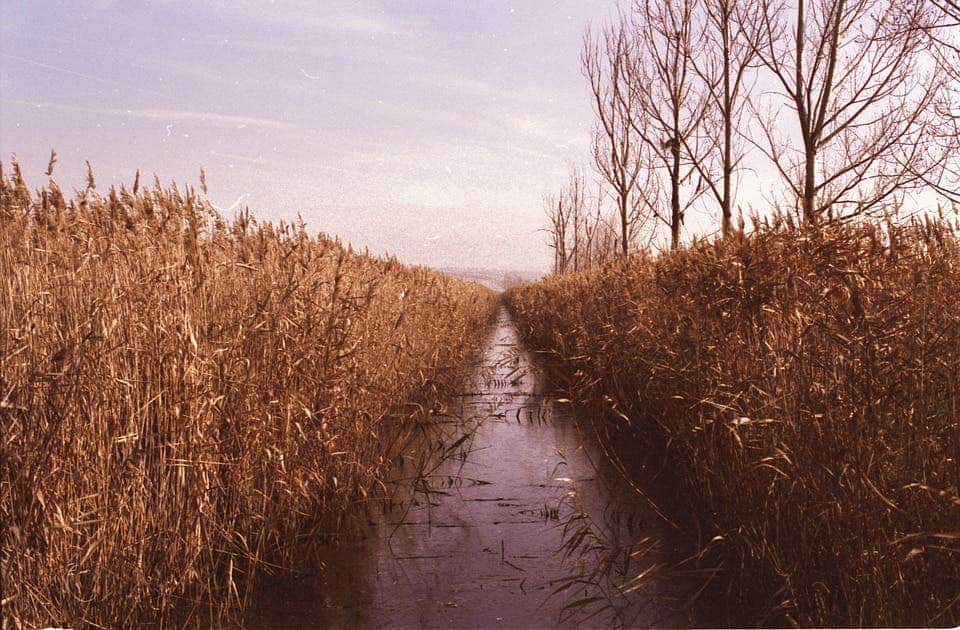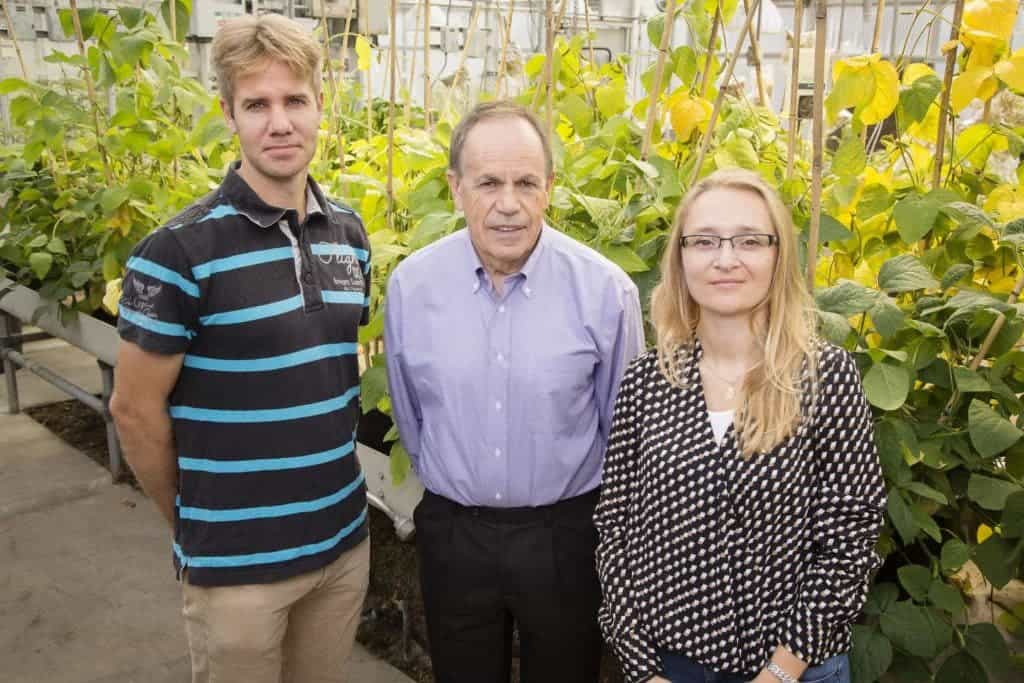In the face of a rising populace, agriculture has to adapt by increasing yield, on one hand, and using resources more efficiently, on the other. Concerning the latter, British researchers have made a huge leap by breeding tobacco that uses 25 percent less water without compromising yield. The gene that they altered is present in all plants, so the improvements should be transferable to food crops.

Biotech research has been very successful at improving yield over the past 60 years but not that much effort has been put into resource management. As such, the amount of water required to produce one unit of grain, for instance, has remained unchanged. About 90 percent of global freshwater is soaked up by agriculture, which puts a huge strain on reservoirs, with many being depleted unsustainably. Water scarcity will only continue to grow around the world, especially as climate change ramps up, which is why the latest study published by the international research project Realizing Increased Photosynthetic Efficiency, or RIPE for short, is so important.
The team led by RIPE Director Stephen Long targeted a photosynthetic protein called photosystem II subunit S (PsbS) in tobacco — a model crop often used in research because it’s easier to modify and faster to test than most crops. By increasing PsbS expression, a chloroplast-derived signal instructs the plant’s stomata to open less. Stomata are microscopic pores in the plant’s leaf which allow water to escape and gases (like CO2) to enter or exit. Essentially, PsbS is an important component of a signaling pathway that informs the plant how much sunlight is hitting its leaves. By increasing PsbS, the signal tells the plant that there is not enough light for the plant to trigger photosynthesis, causing stomata to close.
More resilient crops in the face of drought

By carefully tweaking PsbS expression, researchers were able to improve the ratio of carbon dioxide entering the plant to water escaping (water use efficiency) by 25 percent. The improvement demonstrated in field trials was achieved without sacrificing photosynthesis performance or yield. This was partly made possible by the fact that humans have increased the CO2 concentration in the atmosphere by 25 percent in just the past 70 years. The higher CO2 content allows plants to absorb enough of the gas without fully opening their stomata.
“The effects of the PsbS protein on the efficiency of photosynthetic CO2 uptake has been somewhat of an enigma in previous studies. We knew that PsbS improves protection against high light. Thus, what we expected to find is that overexpressing PsbS would help plants cope with too much light. Therefore, when we measured the decrease in water loss through the leaves, it was certainly somewhat unexpected, since no one had previously linked PsbS to water loss. But further exploration showed that it helps to explain several previous findings, in particular how leaf water loss through microscopic pores called stomata is coordinated with leaf CO2 uptake through these same pores,” Long told ZME Science in an e-mail.
“As far as we know, all higher plants contain this PsbS protein, which may suggest that this strategy (i.e. increased expression of PsbS) may be used to improve water use efficiency across a wide range of crops,” he added.

This is the first time that scientists have reported ‘hacking’ stomatal response to the quantity of light. Besides the quantity of light, stomata open and close in response to the quality of light (described in terms of shadow or contrast), humidity, and CO2 levels.
Long and colleagues built upon previous research, which showed that increasing PsbS and two other proteins can improve yield by as much as 20 percent. Combined with the present findings, the researchers hope to tweak crops for the perfect balance of yield and water management.
“We are further exploring how we can generate crops with increased photosynthetic CO2 uptake and reduced water loss. Using our results, we are also going to test how well our results in tobacco translate into different crop species,” Long told me.
“Water availability for agriculture is a strong limitation to food production world-wide. Reducing the freshwater demands for the production of our food production will be one of the biggest challenges to keep feeding the growing human population. Novel strategies like we describe in our paper are therefore encouraging, and also very much needed, especially since crop improvement is a slow process, with many tests and bottlenecks to pass before new innovations end up in farmers fields,” he concluded.
RISE is supported by the Bill & Melinda Gates Foundation, the Foundation for Food and Agriculture Research, and the U.K. Department for International Development. The findings appeared in the journal Nature Communications.






